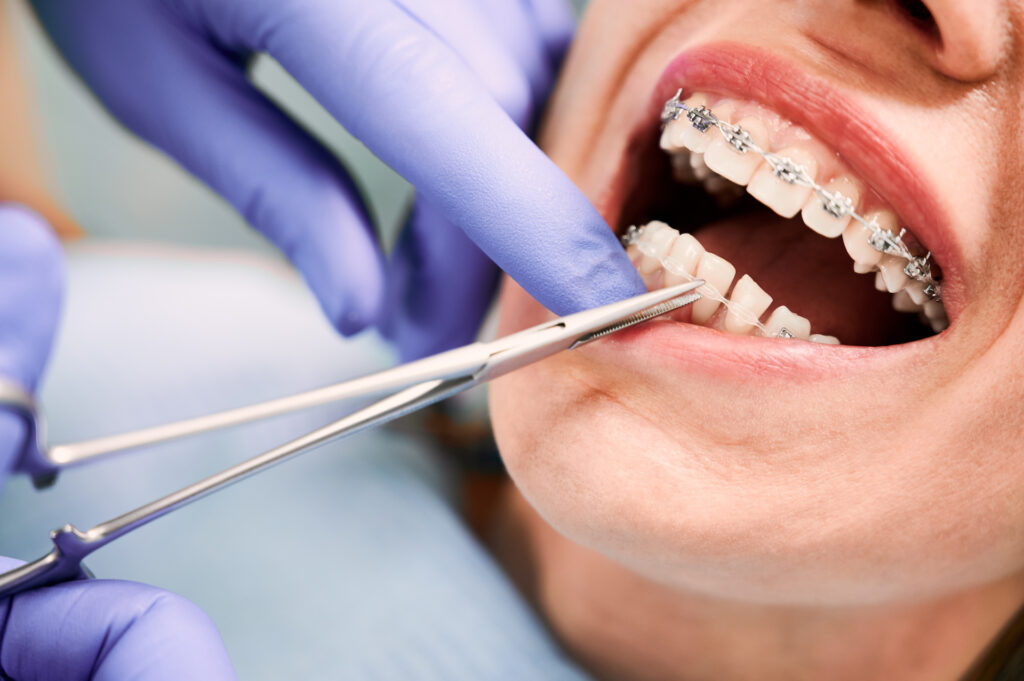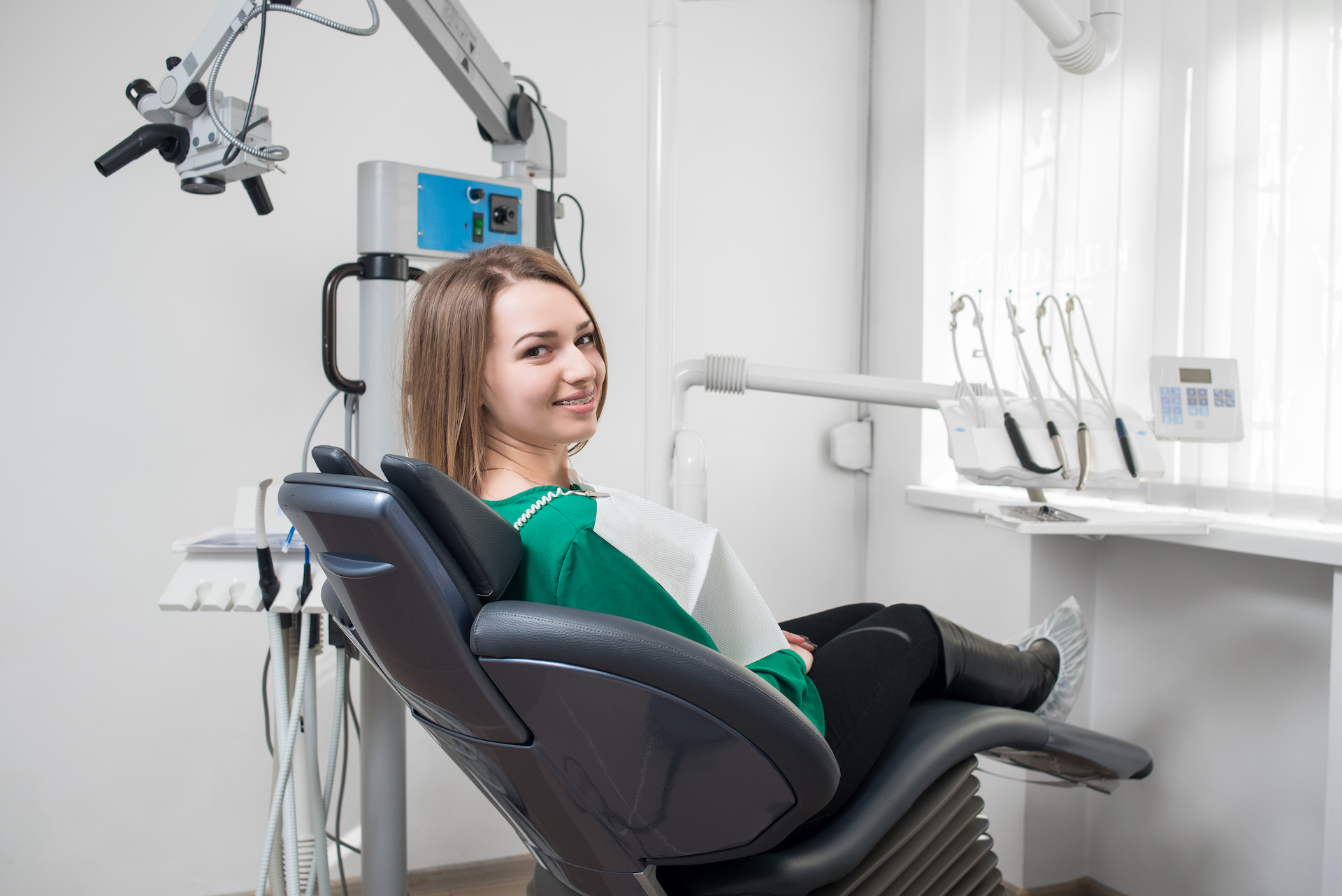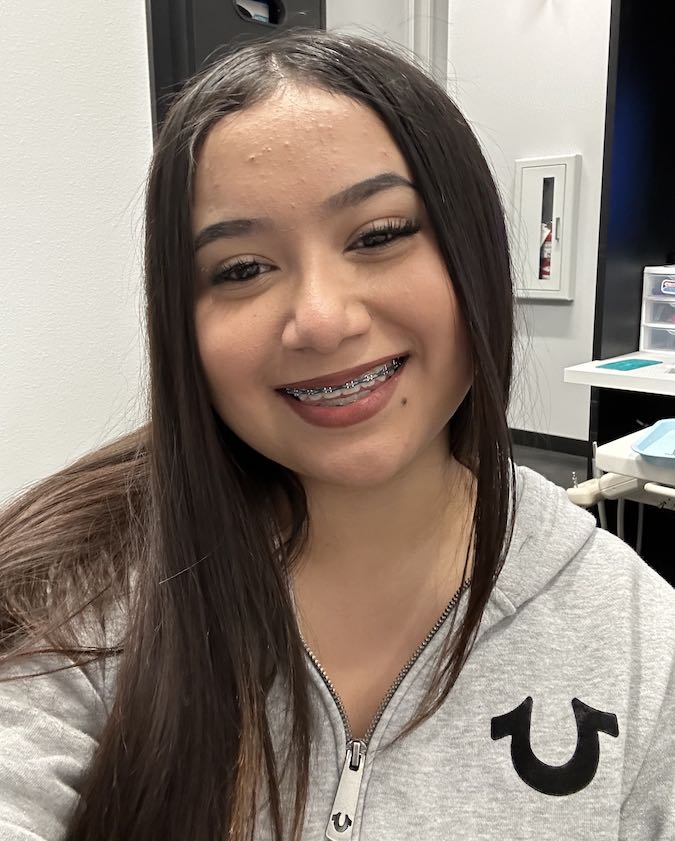Maybe you've been told your child needs braces and you're wondering how long the treatment will last. You might have little or no experience with braces treatments or maybe you've been here before but everybody you've known who had braces had them on for a different length of time. Braces can be a complex orthodontic treatment, with plenty of personal variables and treatment options so there's no fixed amount of time they take to get the job done. For a better understanding of how long dental braces last, here are some of the most important variables.
Understanding Braces Treatment Timeline
Braces go on and come off as part of a multi-stage orthodontic treatment process. An orthodontist has to evaluate a new patient's tooth alignment and decide how best to treat orthodontic problems, after which a treatment plan can be implemented.
Average Length of Braces Treatment
How long it takes for braces to work depends on several things, which your dentist can talk over with you during the initial consultations. As a rule, the more correction needed, the longer the treatment takes. Kids usually see faster results than older people. In fact, the younger a child is at the time braces treatment starts, the less time it generally takes, with adult teeth taking the longest to adjust.
The type of dental braces you go for also affects how long the treatment is likely to take. While there's a variety of products on the market, your choices can be grouped into three main categories.
Metal braces: Traditional braces are made of metal, and they use small brackets attached to the teeth, connected with wires or rubber bands to gently apply tension and pull the teeth back into alignment. Some people complete their metal braces treatment in less than 1 year but you may have to wear them for up to 3 years.
Ceramic braces: Ceramic braces are very similar to traditional metal braces. The difference is that they match your teeth's natural color, so they're less obvious. It takes between 12 and 36 months to complete the braces treatment.
Clear braces: Clear braces, which are sometimes offered under the brand name Invisalign treatment, are the least conspicuous type of braces. These are clear acrylic braces that have been molded just for your teeth and they're switched out periodically as the teeth move. They're removable so you can take them out to eat or for special occasions. You should still wear them about 22 hours a day. Orthodontics involving clear aligners usually last around 12-18 months.
Phases of Orthodontic Treatment
Braces go on in stages and getting braces fitted usually takes a few office visits. Getting braces can be broken down into four stages.
Pre-braces consultations: Getting braces starts with a diagnosis and initial consultation with your orthodontist. In a series of office visits, you'll get dental X-rays and pictures taken of your teeth to get an idea of your overall dental health, any orthodontic issues you may have, and whether there's an issue with jaw alignment or other mouth structures. A treatment plan is then developed and laid out for you at another pre-braces visit.
Initial treatment: Getting braces may start with various other orthodontic treatments that get your teeth ready for braces treatment. If you have tooth decay, you may have some filling work done. Kids sometimes need spacers to prep their misaligned teeth. Measures might also be taken to address teeth grinding or you might get a root canal out of the way before the braces are installed.
Active treatment: After your braces get installed, you'll need regular adjustments to keep things moving along. If you opt for clear aligners, you'll get a new set every week or two. Standard metal braces can be gradually retensioned using elastics or wire adjustments.
Post-braces: After the treatments are done and you have straight teeth, the brackets can come off and you move into the post-treatment period, which may last for weeks to years. This is usually relatively simple and involves minor orthodontics, like retainers or other orthodontic appliances, that can be taken out as needed.
Factors That Can Affect Braces Treatment
While every patient is unique, there are some basic factors that can help predict the course and length of treatment.

Severity of the Orthodontic Issues
People get braces for a range of issues, from fairly minor matters to very severe orthodontic problems. The more severe the issue is before you get new braces, the more time you should expect the treatment to last.
Jaw misalignment is one of the more common complications that can extend your treatment time. Overbite is a condition in which the top teeth extend past the lower teeth, while underbite is the opposite condition. If you have a pronounced overbite or underbite, you may have to wear your braces longer than if your upper and lower teeth were aligned more closely.
Another common complication for wearing braces is the spacing between your teeth. If your teeth are closer together than they should be, the crowding can cause a host of dental problems, including advanced tooth decay. Overspacing between the teeth may require longer treatments to pull them back together.
Compliance With Treatment
How well you follow your treatment plan also affects your treatment time. Your orthodontist can give you a detailed rundown on how to manage your braces but there's not much you need to do beyond normal oral hygiene. In general, you can get your treatment done in the shortest time if you:
- Wear your braces for the recommended amount of time
- Brush, floss, and use mouthwash as directed by your dentist
- Follow your orthodontist's diet recommendations for which foods to avoid
Age of the Patient
As a rule, the younger a patient is, the less time they need to wear braces. Because their jaws are still growing and teeth are on the move, kids may get their teeth straight with just 6-12 months of treatment. Adult teeth generally take longer — up to 3 years. Teenagers are an in-between case, with most braces treatments taking 1-2 years.
Achieving a Beautiful, Healthy Smile With Orthodontic Treatment
People need braces for all sorts of reasons and the time it takes to complete the treatments depends on several factors. You may have to wear your orthodontic appliances for 6-36 months, depending on what issues you're correcting, how old you were when you first started the treatments and how well you comply with the orthodontist's advice. Of these factors, the one you have the most control over is how well you follow your treatment instructions, from brushing twice a day to eating the right foods.
Set up a consultation with us today to get started on your journey to beautiful, straight teeth.
Will braces treatment hurt?
Getting braces may cause some discomfort, especially early on, but it shouldn't be painful. Braces gradually tug your teeth into better alignment so a low level of tension is always present, which some people experience as discomfort. If your braces are bothering you, talk to your orthodontist about making an adjustment for better results.
Can I eat normally while wearing braces?
For the most part, you can eat with braces just like you did before you got them installed. An exception to this is for sticky or exceptionally hard foods. Very sticky foods (and chewing gum) can get stuck to your braces and hard foods might damage the brackets.
How do I care for my braces during treatment?
Braces care is fairly routine stuff. Brush twice a day, floss under the braces the way your orthodontist shows you, and keep your rubber bands in place for as long as the orthodontist tells you to.

